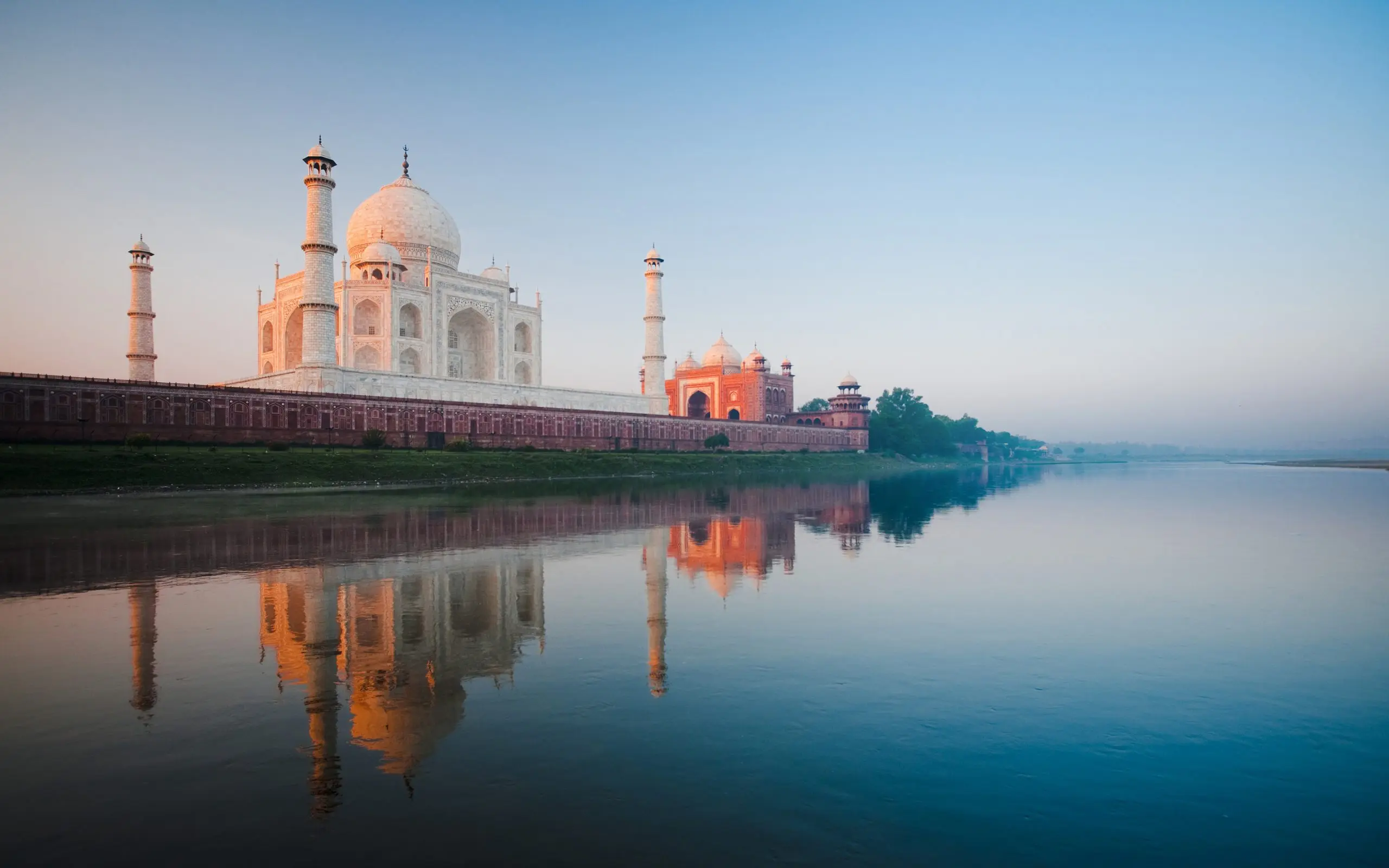Best Time to Visit Taj Mahal
The world-famous Symbol of Love, Taj Mahal in India is on every traveller’s list. The iconic attraction is situated in the north Indian destination of Agra in the state of Uttar Pradesh. Agra primarily has three seasons – summer, winter, and monsoon. However, it experiences hot and humid weather for most part of the year. In order to understand the weather of Agra to plan your Taj Mahal trip better, the below categorization can prove to be helpful:
Visiting Taj Mahal in Summer Season:
The summer season in Agra is between March and June. It is the time when the mercury rises up to 45℃, which means scorching sun and humidity. The average temperature in the summer months ranges from 35℃ to 40℃. In the summer season, the marble floor of the Taj Mahal gets heated which makes it little difficult to walk over it. However, the month of March is still pleasant and visiting Taj Mahal is still possible. The temperature starts to rise from April.
Visiting Taj Mahal in Monsoon Season:
The monsoon season in Agra commences around mid-June and ends in September. Agra receives little to moderate rain in monsoons. The temperature drops comparatively and stays between 25℃ and 35℃ but the humidity level rises to an extent of discomfort. During the monsoon season, a visit to Taj Mahal is possible. In fact, it makes for quite a romantic time to visit and click wonderful pictures.
Visiting Taj Mahal in Winter Season:
The winter season in Agra begins in October and continues till February. This period is considered the best time to visit Agra. The temperature can even go down to 0℃. The chilly winters however are perfect for visiting the Taj Mahal. The time between October and February is considered the best time to visit Taj Mahal.
Visiting Taj Mahal at Sunrise:
Morning time is considered the best time to visit Taj Mahal for two reasons. Firstly, there are comparatively fewer visitors which gives a great opportunity to take good pictures. Secondly, the early morning sun gives a soft golden colour to the monument which looks absolutely beautiful.
Visiting Taj Mahal at Sunset:
The time of sunset is also ideal to visit Taj Mahal. Sunset makes the marble of Taj Mahal turn to fiery shade of yellow and then gives a soft orange colour which is a must to witness and capture in the camera.
Witnessing Taj Mahal on a Full Moon Night:
There’s absolutely nothing that can compare to the beauty of witnessing Taj Mahal on a full moon night. The view of the moonlit Taj Mahal is beyond words. Tickets for night viewing of the Taj Mahal are available two days before it. Therefore, one has to book the tickets for Taj Mahal in advance for visiting on a full moon night.


Comment (0)